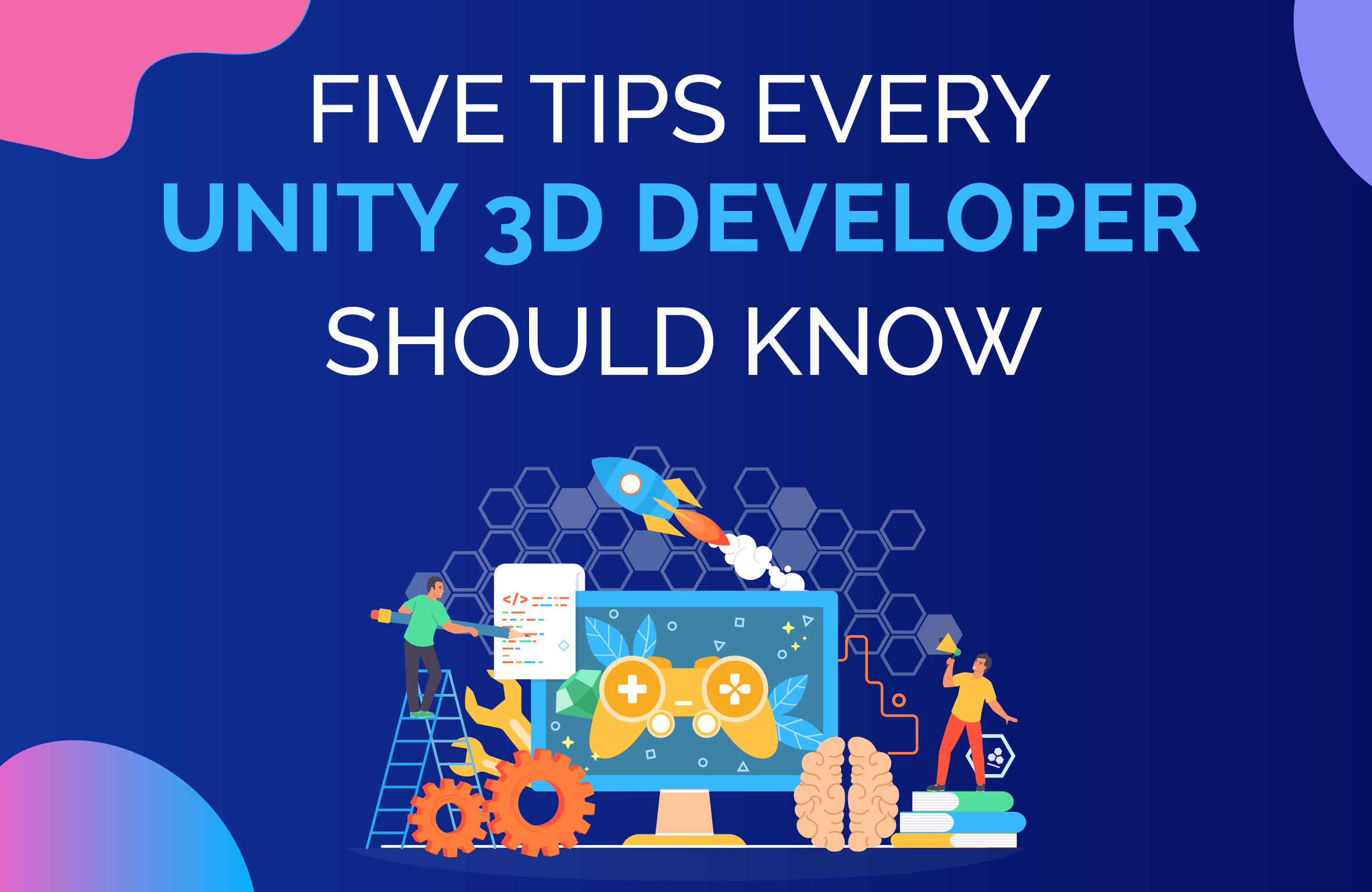It doesn’t matter what proportion of your website you optimize, you don’t get good rankings in Google if your website is not fully optimized to satisfy your users needs. Website Optimization is a phrase that describes the procedures use to optimize/design a website to improve user experience and rank well in search engines.
Website optimization includes processes such as adding relevant keyword and phrases on the website, editing Meta tags, optimizing image tags, and other components of your website to ensure that they are accessible to a search engine and improve the overall chances that the website will be indexed by search engines.
Why website optimization is important
Website optimization is crucial for businesses and organizations for several reasons. Here are some key reasons why website optimization is important:
To improve user experience
User experience includes how easy your site is to use, how fast it is, and how little friction there is when visitors try to complete particular action if they’re there to complete. If user visit your website and it’s taking hell lot of your time to open webpage, User will never ever click on search results of your website and may never come to the website through any medium.
The money impact of improvement
With website optimization, you’ll get all of the next edges. By reducing the load, you require less internet servers, you’ll extend the lifetime of the machines leading to less computer waste. Less storage space and bandwidth also leads in less electricity consumption. Optimization won’t just increase your conversion rate, but it also reduce your hardware costs, and they can reduced the infrastructure costs up to 50%.
Google cares:
Google is within the business of creating cash off the online and specifically advertising. As most of the Search marketing people know that 98% of Google’s revenue comes from advertising. Billions of pages are there dear. If you were Google wouldn’t you like to try and do this as cheaply and expeditiously as possible?
At the end of the day, all these benefits correlate to paint the subsequent picture.
How to do website optimization?
Website optimization, also known as search engine optimization (SEO), is the process of improving a website’s visibility and performance in search engine results. Here are some steps you can follow to optimize your website:
Image optimization
You’ll not notice this; however, images may generate a lot of traffic from search engines. If you would like a lot of this traffic, you need to learn the way to optimize your images to get a number of this traffic.
Some of the important things, you can do to optimize images:
Name your pictures descriptively and in plain english
It is important to use acceptable keywords as file names. Making descriptive & keyword-rich file names is very important for image optimization.
Optimize your alt tags intelligently
Alt tags are text alternative of images when a browser cannot properly render images. The “alt” attribute additionally adds worth to On Page SEO of your website.
Reduce the file sizes of your images
If you don’t decrease the scale of the image files on your webpage and increase page load speed, fewer visitors that visit your web site can go away. Different spectacular online image
optimization tools are out there on web.
Minify javascript and css
Reducing file size cuts the time required to send all the bytes over the net. JavaScript minimization tools offer you a way to cut back your overall transfer size. However, the commonly used minimization tools miss additional ways to compress the code even further.
Css validation
Have a glance at a list of CSS improvement and file size reduction techniques that are mistreated by most designers/developers. Depending on the quality of your CSS code, these techniques would possibly greatly scale back your CSS file size and simply save many kilobytes.
Use css sprite
CSS Sprites are the popular methodology for reducing the quantity of image requests. Mix your background pictures into one image and use the CSS background-image and background-position properties to show the required image section.
Combine all css files into one file
When a user is opening your website, every object on the page (e.g. pictures or scripts) would require a round trip to the server. If you’ve got three CSS files in your webpage, browser can send three HTTP requests to the server. Straight forward mathematics, 1 CSS file = 1 HTTP request so it is highly recommended to combine all CSS files into one file.
Use external css
Using external CSS file typically produces quicker pages as CSS files are cached by the browser. If CSS is in external files cached by the browser, the size of the HTML document is reduced without increasing the number of HTTP requests.
Use css compression tools
If you do not want to try all the things manually, you can use some great CSS compression tools that are out there on internet to better optimize CSS files.






